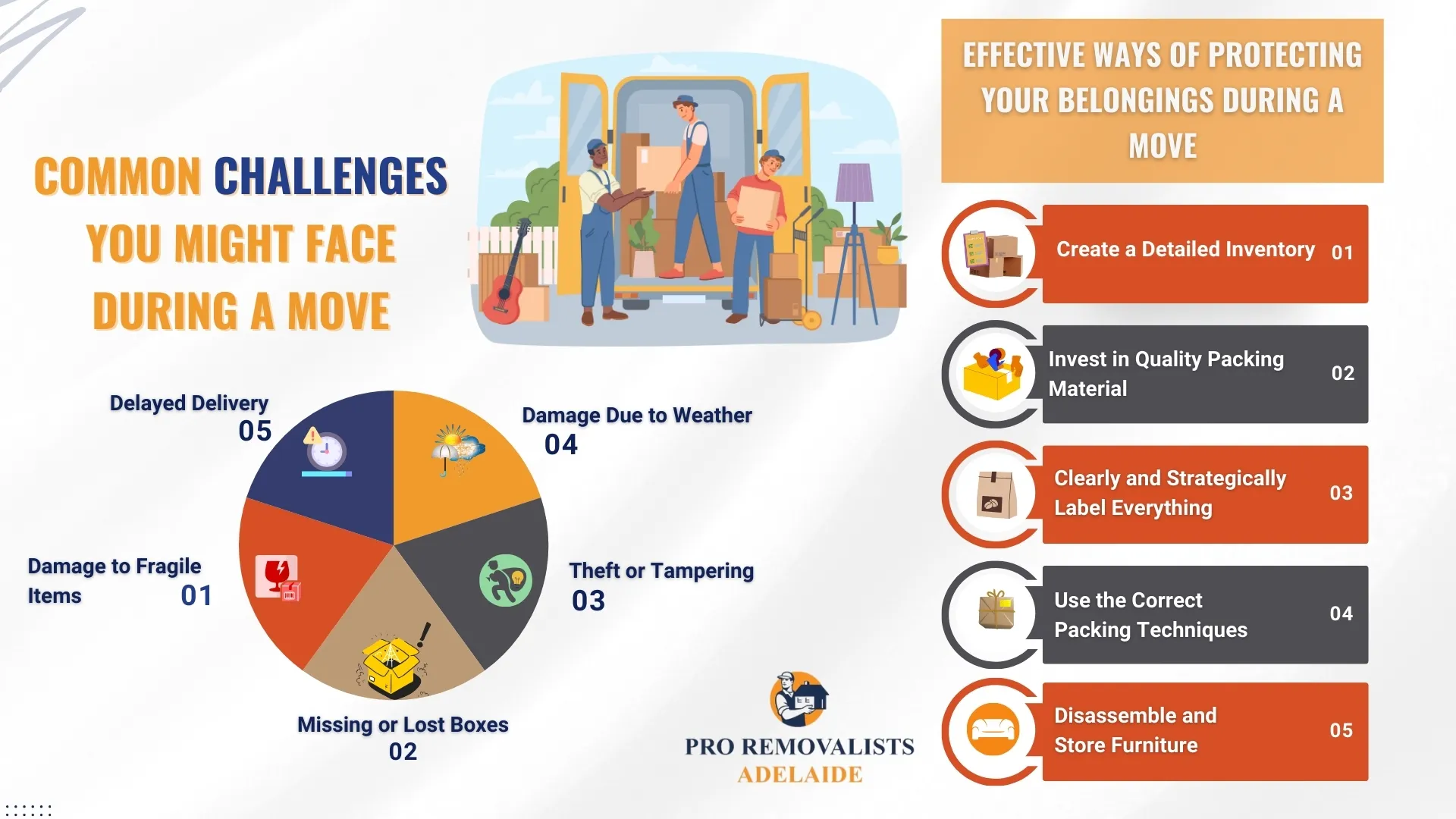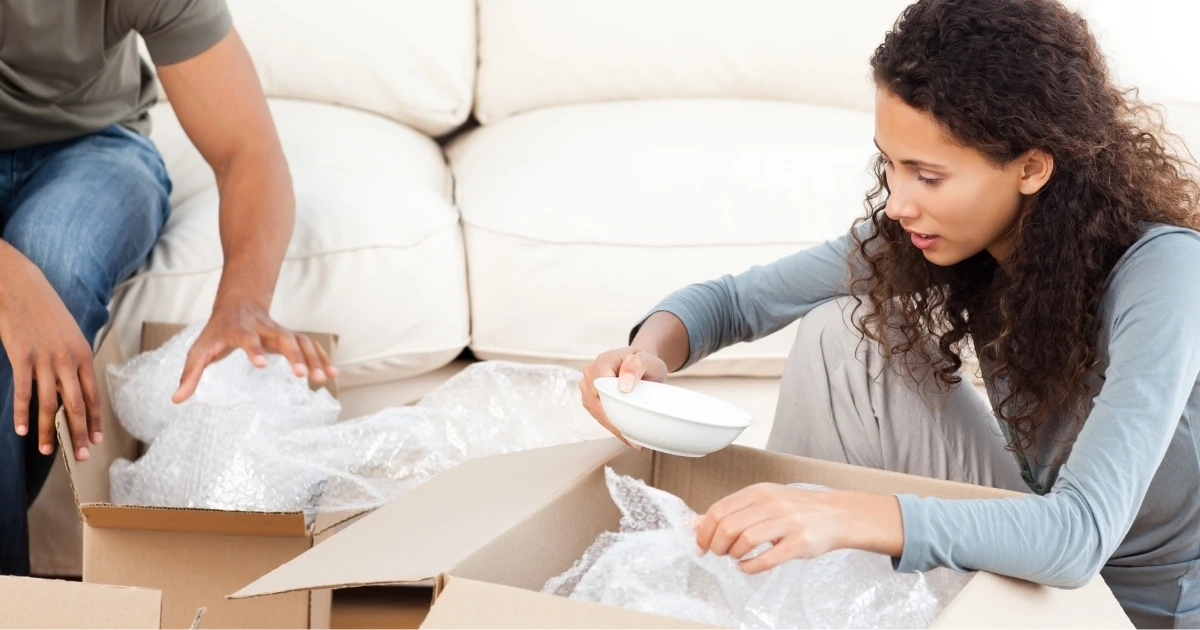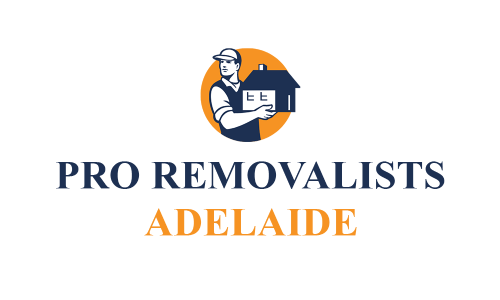Movers Insurance Guide: Protect What Matters Most
It is exciting to be starting over with the arrival or departure from a new location, despite the stress, organisation, and logistical challenges that come with it. One often neglected but identifiable and important part of planning for a smooth, stress-free move is the insurance contracted by packers and movers in Adelaide. Whether you are moving across town or the nation, knowing how to protect your belongings on moving day speaks volumes in case something should go wrong.

In this ultimate guide, we will take you through everything you need to know about movers’ insurance: what it is, the kinds of movers’ insurance, what it offers coverage for interstate moves, and how to choose the most appropriate type for your needs.
What is Movers Insurance?
Movers’ insurance is a policy or coverage that protects personal items from damage, loss, or theft during transportation and provides you with stress-free moving protection & protects belongings during a move. Despite best efforts in packing and hiring a moving company, accidents do occur: boxes get dropped, trucks get into accidents, or priceless items simply vanish without a trace. Almost every moving company offers some basic coverage, but it is often very minimal.
Why Do We Need Movers’ Insurance?
Picture yourself moving a set of antique furniture or maybe a few valuable electronic devices. Now, picture one of those pieces being irreparably damaged somewhere along the line during transportation. If you do not have relocation insurance benefits for household items, you are the one who will have to pay the repair or replacement costs.
Movers’ insurance provides the following advantages:
- Peace of mind during a very stressful transition
- Financial protection against loss or damage
- Insurance for special or antique items like glass, art & jewellery.
- A requirement for your building or HOA (some require proof of insurance for movers)
How to Choose the Right Movers’ Insurance?
Decide which mover’s insurance to use, ensuring safety during relocation for you by following the step-by-step procedure outlined here:
Step 1: Inventory
An extensive inventory that consists of an estimated value, serial numbers, and snapshots of your belongings. This comes in handy as:
- Declaring a value for insurance
- Keeping track of your properties
- Supporting any future claims
Step 2: Evaluate Risks
You should consider what kind of move you’re doing:
- Long-distance
- High-value items
- Temporary storage of goods
The higher the level of complication or value in the move, the more comprehensive your insurance coverage becomes.
Step 3: See What Is Already Understood
- By checking all the essentials,
- Movers coverage
- Home/renters insurance
- Credit card protection (some cards give limited moving insurance)
Step 4: Comparing Third-Party Insurances
If not satisfied with the insurance found above, look for third-party insurers & concentrate on the following factors:
- Clear policy terms
- Rich customer reviews
- Responsive customer service
- No hidden exclusions
Step 5: Ensure and Keep Everything
Before moving, confirm that:
- You have received a copy of your policy in writing
- The total declared value is correct
- High-value items are considered and assessed
Finally, ask for a Certificate of Insurance (COI) if your building requires proof of coverage.

Common Challenges you might face during a move
Even the best-planned moves can run into obstacles. One is in it for some along the way, for those on their first move or fifth. Here are the most common challenges people face when moving, especially when it comes to protecting their belongings how to handle them like a pro:
1. Damage to Fragile Items
Transportation is the time when glass objects, artwork, plates, and electronic items are more likely to break, get scratched, or crack.
Solution:
- Premium packaging material, such as foams, bubble wrap, or specially designed boxe,s must be used to achieve that.
- Mark “Fragile” very clearly on the boxes.
- Pack the expensive or fragile items with experts.
- Make sure these are included in your insurance coverage.
2. Missing or Lost Boxes
It’s unexpectedly common for boxes to go missing during a move, especially long-distance or multi-stop moves.
Solution:
- Number every box and label all boxes.
- Prepare a detailed inventory of the boxes and cross-check during unloading.
- Colour-code labels per room.
- Keep essentials and irreplaceable items with you during the move.
3. Theft or Tampering
Unfortunately, theft can happen, especially during long-haul moves or those with storage stops.
Solution:
- Put a tamper-evident tape on the boxes.
- Choose a comprehensive moving coverage company that is licensed and insured and has good reviews.
- Consider purchasing third-party insurance that covers theft.
- Store high-value goods (jewellery, passports, and cash) in a different place or carry them with you.
4. Damage Due to Weather
Weather can affect your move by extreme cold, heat & rain factors, which result in the breakage of cardboard boxes & harm to your belongings.
Solution:
- Use plastic totes for electronics or moisture-sensitive goods.
- Protect furniture with waterproof covers.
- If possible, schedule moves during mild weather.
- Find out from your insurance company if weather-related damage is covered.
5. Delayed Delivery
Your goods may arrive delayed due to truck breakdown, bad weather, or scheduling conflicts.
Solution:
- Keep essentials (clothes, toiletries, documents) in a personal bag.
- Confirm delivery windows in writing.
- Have an alternate plan for short-term accommodation, if needed.
- Know if your insurance covers costs incurred because of the delays.
Effective Ways of Protecting Your Belongings during a Move

To relocate is not to simply throw the fragile goods inside bubble wraps. It has much to do with planning, good materials, and services, with an eye on probable risks. Hiring reliable insurance options for moving & movers insurance guide for the most effective, realistic ways to ensure safe moving solutions for your belongings.
1. Create a Detailed Inventory
Before moving anything, list everything you are moving, room by room. This is very important for:
- Tracking your items
- Identifying loss or damage
- Filing insurance claims
How to do this:
- Use a spreadsheet or an online inventory app.
- Photograph or videotape valuable items.
- Serial numbers, pricing cost & packing details should be mentioned.
2. Invest in Quality Packing Material
Packing materials free from any defect guarantee the protection of the stuff.
Suggested packing materials include:
- Heavy-duty cardboard boxes with double walls
- Bubble wrap, packing paper, and foam sheets
- Stretch wrap for securing furniture
- Packing peanuts or air pillows
- Dish and glass dividers
- Moving blankets or pads
- Custom crates for packing art, TVS, and large mirrors
Tip: Don’t wrap the items with newspapers—the ink may transfer and damage your items.
3. Clearly and Strategically Label Everything
Proper labelling will help movers understand how to treat your items, and you will have another system in place to locate everything when you’ve arrived.
Labelling guidelines:
- Mark & label it with the name.
- Consider using colour-coded labels or tape for each room.
- Provide numbering to your boxes & track the number according to your inventory list.
Tip: Label all sides, not just the top—this will allow visibility regardless of how they are stacked.
4. Use the Correct Packing Techniques
Poor packing is one of the most significant factors in causing damage. Use packing techniques that will restrict the movement of the contents, protect from crushing, and cushion delicate items.
Key techniques:
- Heavy items must go at the bottom; lighter ones go on top.
- Don’t stack boxes where they can bulge. They should close the flat.
- Fill empty spaces with padding material so there is no shifting.
- Pack items individually, cushioned: breakables especially.
5. Disassemble and Store Furniture
Big furniture is sad in that it gets scratches, dings, or breakage at the time of conveyance movement through cramped hallways or staircases.
Steps to take:
- Unscrew the legs of tables and couches wherever possible.
- Wrap in Moving Blankets or Plastic Stretch Wrap.
- Put Hardware in bags with labels and Tape Them to Furniture.
FAQS About Insuring Your Belongings
- What Is The Cost Of Moving The House?
House moving costs depend on various reasons. Factors such as size and type of stuff to be moved from point A to point B, and distance between the origin and destination, all contribute to the overall cost of moving.
- Do You Cover Local Suburbs Of Adelaide?
Pro Removalists has earned a great reputation within the removalists’ industry. We provide high-quality moving solutions around Adelaide.
- Is My Furniture, Goods Safe During Moving?
Pro Removalists Adelaide is well-equipped with the knowledge and experience to provide damage-free services for the relocation of furniture and goods. Your belongings should safely reach to your destination.
- May I cancel the appointment?
Yes, you may cancel the appointment within 48 hours after the booking. And if the date is more than two weeks from now, you can cancel and get a full refund then.
The word “moving” implies so much more than just removing our stuff from one location to another; it implies the safe passage of our memories, investments, and all the things you need for a well-oiled life. All things have weight to bear, from your beloved coffee mug to Grandma’s priceless antique, memories worth keeping intact in the new house. Planning, organizing packing, and ensuring the right insurance cover are some of the ways you protect your belongings and, in the end, buy yourself peace of mind. Whether you’re crossing the street or states, these small details could make all the difference, whether it’s a smooth transition or a stressful one.
